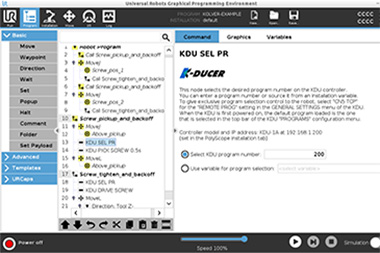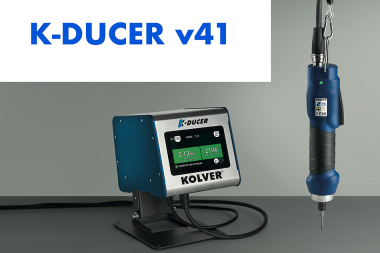Terms
- Evaluation Fee: An evaluation fee of $25 per tool will be applied to all quotes.
- Approved or Warranty Repairs: Evaluation fee is waived.
- Denied Repairs: Evaluation fee stands.
- Tool will be shipped back unrepaired at sender’s expense or scrapped with permission.
- Shipping:
- Shipping costs to and from Kolver are the responsibility of the sender.
- Return Shipping: UPS is our preferred partner, requests for FEDEX will incur a $5 USD surcharge to their invoice. International shipments require a collect #.
- Warranty Consideration:
- Serial #’s shipped within 1 year of service request will be deemed Potential Warranty until evaluated. Additional information may be requested to confirmwarranty consideration.
- If serial # is not on the tool in its original form, warranty is voided
- If tool has been modified or repaired outside of Kolver’s service center, warranty is voided
- Shipping costs to Kolver are the responsibility of the sender. If tool is deemed warranty, Kolver will cover return ground shipping costs.
- Serial #’s shipped within 1 year of service request will be deemed Potential Warranty until evaluated. Additional information may be requested to confirmwarranty consideration.
- Repair Guarantee:
- 60-day warranty period from the date tool shipped from Kolver’s service center
- Warranty on parts and labor associated with repair. Warranty does not cover issued unrelated to repair components.
- Timeline:
- Allow approx 1-2 weeks for repair evaluation from the date it arrives at Kolver. Repair times will vary due to parts needed.
- Tools that sit in our warehouse for more than 60+ days after quote is sent will be returned using the provided UPS or FedEx collect number. A $75 Evaluation fee will be charged as well.
- Kolver North America will make at least (2) attempts to contact you via email and phone.
- Torque Testers:
- If your torque tester is out of spec and/or needs a new calibration certificate please contact Kolver directly. We will provide you with calibration documents & a trained calibration facility to work directly with.
Blog
- Home
- Blog

The latest URCap update introduces a series of improvements designed to make robot programming even more intuitive, organized, and powerful. Let’s take a closer look at what’s new and, most importantly, how these updates can simplify your daily workflow.
KEEP READING

One of our clients, a manufacturer of military-grade gearboxes for steering systems, faced a challenge in measuring the running torque (also known as prevailing torque) of their gearboxes. Historically, they relied on a manual and less accurate method for testing torque, which involved using a spline drive and a manual torque reader. This traditional setup was time-consuming and prone to inaccuracies, particularly when measuring running torque at low speeds (such as 40 RPM).
KEEP READING

KEEP READING
When precision torque & angle control meets intelligent vision, automation becomes smarter, faster, and more reliable.
Buchanan Automation, a trusted automation integrator, developed this innovative application combining Kolver’s K-DUCER KDS-PL70 electric screwdriver with Micropsi Industries’ MIRAI vision system.
KEEP READING

KEEP READING


